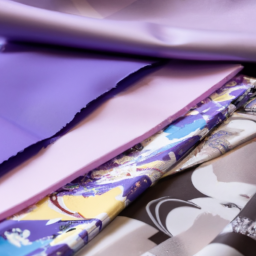
A beautifully upholstered piece of furniture can instantly elevate the aesthetic appeal of any space. When it comes to creating stunning upholstered pieces, choosing the right fabric is crucial. Sewing upholstery fabric is an art in itself, requiring skill, precision, and attention to detail.

Upholstery fabric is sewing/” title=”Stitching Stories: A Beginner's Guide to Sewing”>specifically designed to withstand wear and tear, making it ideal for furniture. Whether you are reupholstering an old chair or creating a brand new piece from scratch, sewing upholstery fabric requires certain techniques to ensure the durability and beauty of the final product.
Choosing the Right Fabric
The first step in sewing upholstery fabric is selecting the right type of fabric for your project. Upholstery fabrics come in various materials, such as cotton, linen, velvet, leather, and synthetic blends. It is essential to consider the desired level of durability, as well as the aesthetic qualities, such as color, pattern, and texture.

Some fabrics are more suitable for certain furniture pieces. For example, if you’re upholstering a formal living room sofa that doesn’t see heavy use, a luxurious velvet fabric may be a perfect choice. On the other hand, if you’re reupholstering a dining chair that is frequently used, a durable and stain-resistant synthetic blend fabric might be a better option.
Essential Sewing Techniques
Sewing upholstery fabric requires sturdy stitches that can withstand constant use. Here are some essential techniques to consider:
- Double Stitching: Use a double stitch or reinforce your stitches to ensure they can handle the weight and stress upholstery fabrics endure.
- Use Upholstery Thread: Regular sewing thread may not be strong enough for upholstery. Invest in heavy-duty upholstery thread for maximum strength.
- Proper Seam Allowance: Upholstery fabric is usually thicker, so make sure to allow a wider seam allowance to prevent splitting seams under pressure.
- Backtacking: Start and finish each seam with multiple backstitches to secure the threads and prevent unraveling.
- Topstitching: Topstitching adds a decorative touch and reinforces seams, ensuring durability.

Working with Upholstery Supplies and Tools
When sewing upholstery fabric, having the right tools is essential for professional results. Here are some common supplies and tools needed:
- Upholstery needles: These needles are thicker and stronger to penetrate multiple layers of fabric and padding.
- Upholstery scissors: Sharp, heavy-duty scissors specially designed for cutting thick fabric and trimmings.
- Heavy-duty sewing machine: A heavy-duty sewing machine equipped with a strong motor and upholstery foot is vital for sewing through layers of fabric and thick padding.
- Staple gun: A staple gun is necessary for securing fabric to the frame of furniture pieces.
- Upholstery foam and batting: Properly padding and filling your furniture with quality foam and batting ensures comfort and a professional finish.
Mastering Upholstery Skills
Sewing upholstery fabric is a skill that takes time and experience to perfect. Learning the proper techniques, understanding fabric properties, and acquiring the necessary tools will empower you to create beautiful and durable upholstered pieces. Take your time, practice, and enjoy the process of transforming furniture with your newfound upholstery skills.
Remember, whether you’re reimagining a treasured family heirloom or crafting a unique upholstery piece, sewing upholstery fabric allows you to showcase your creativity while adding a touch of elegance to any interior space.
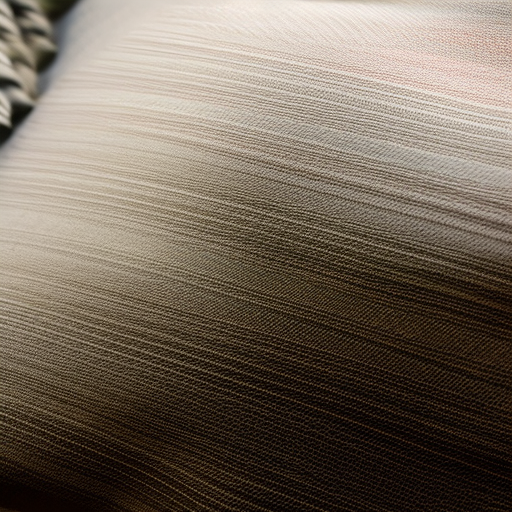
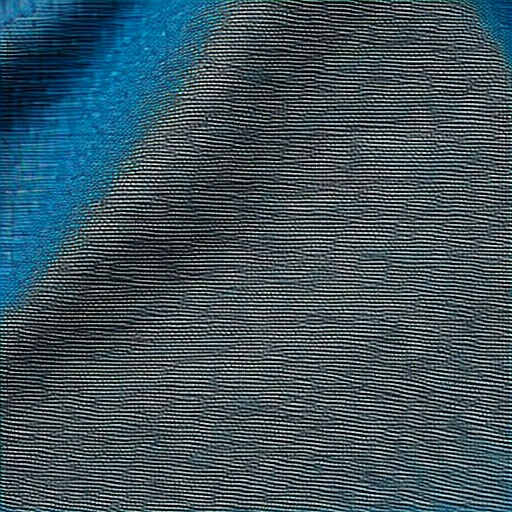

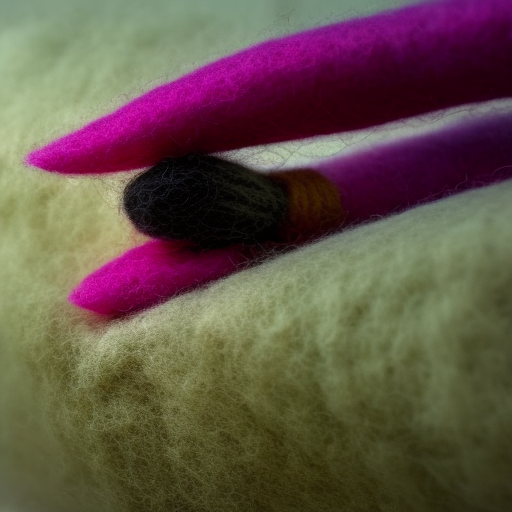
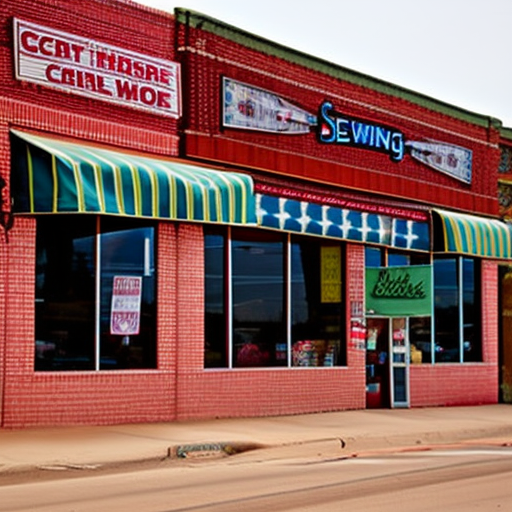
Great article. Very helpful 😉
Lena Heywood: Fantastic, I want to give it a go now!
This post provides an excellent guide for both new and experienced upholstery sewers – ultra-helpful!